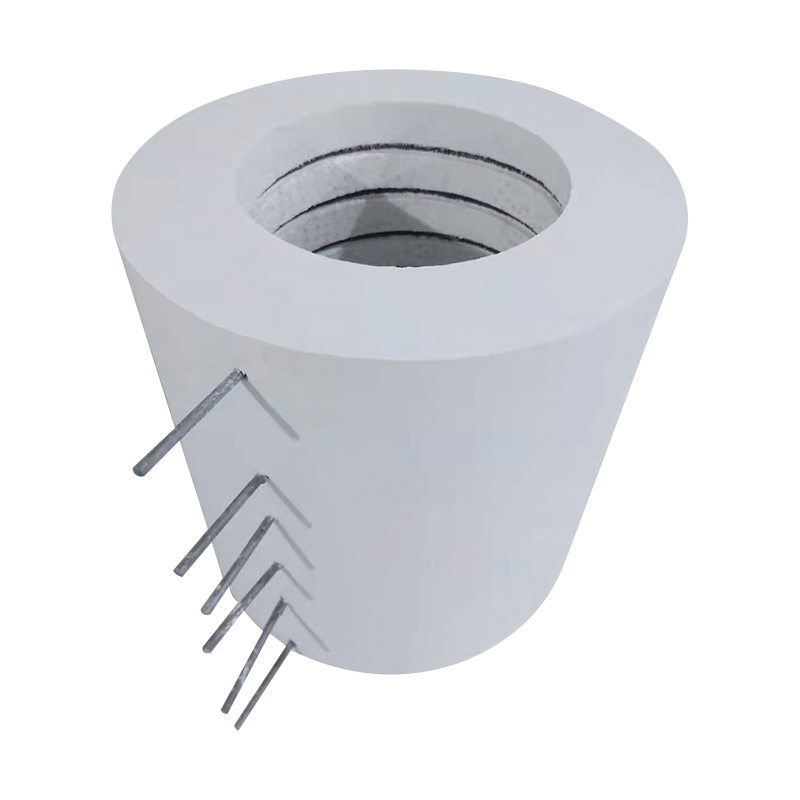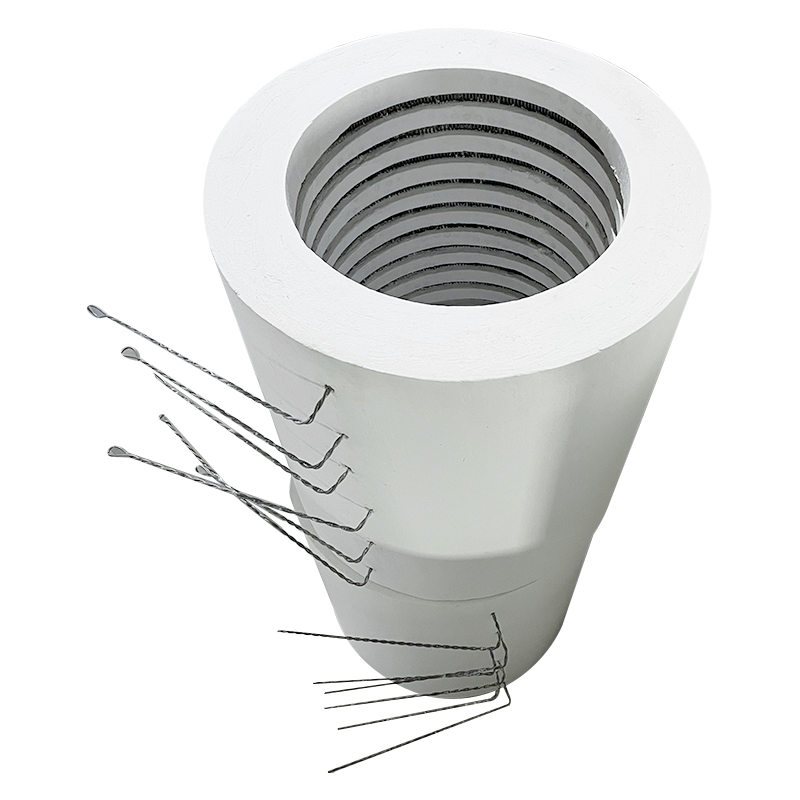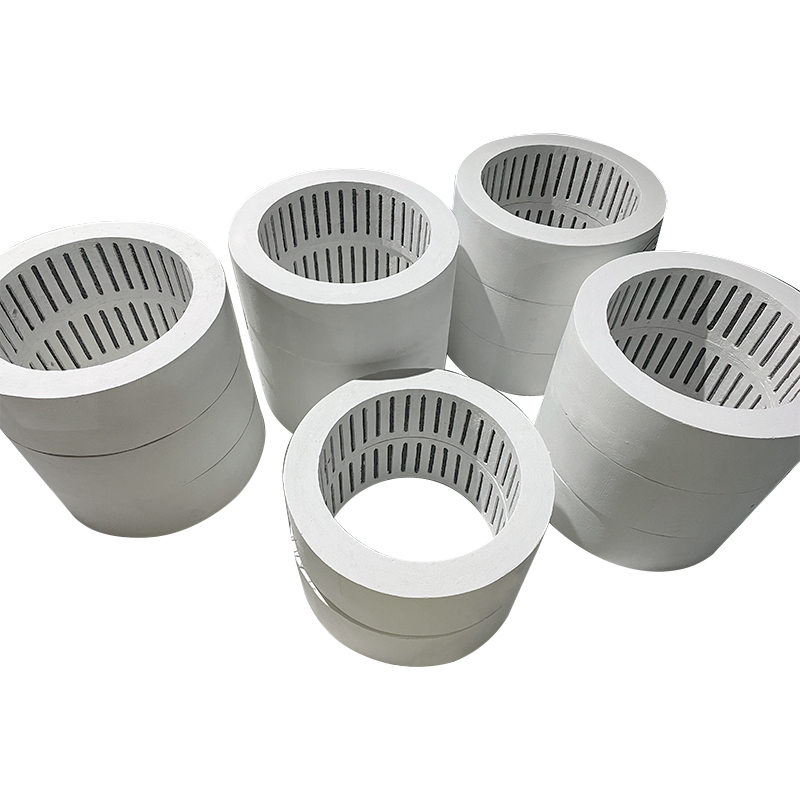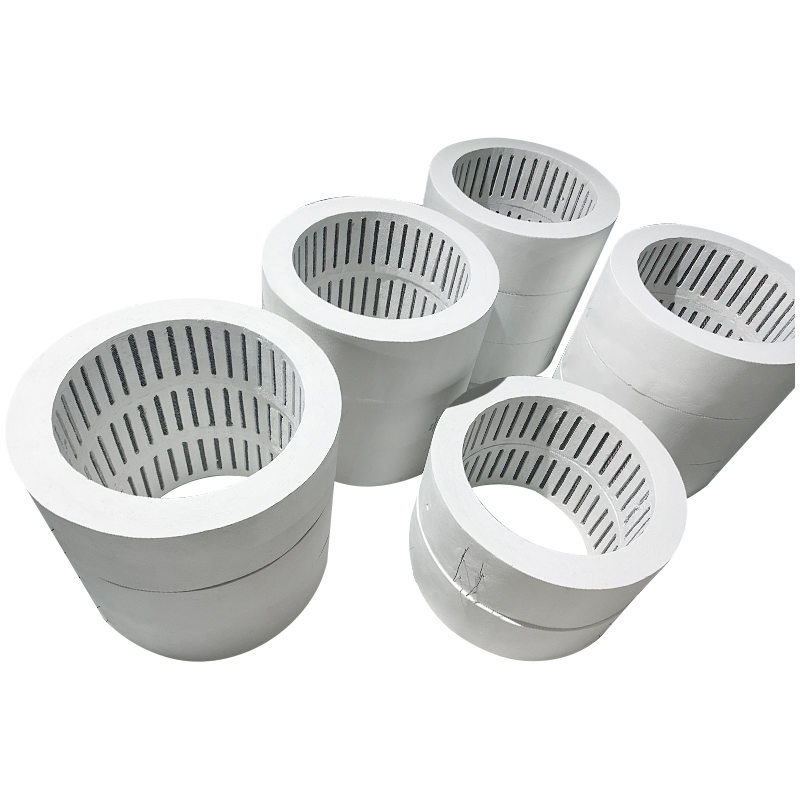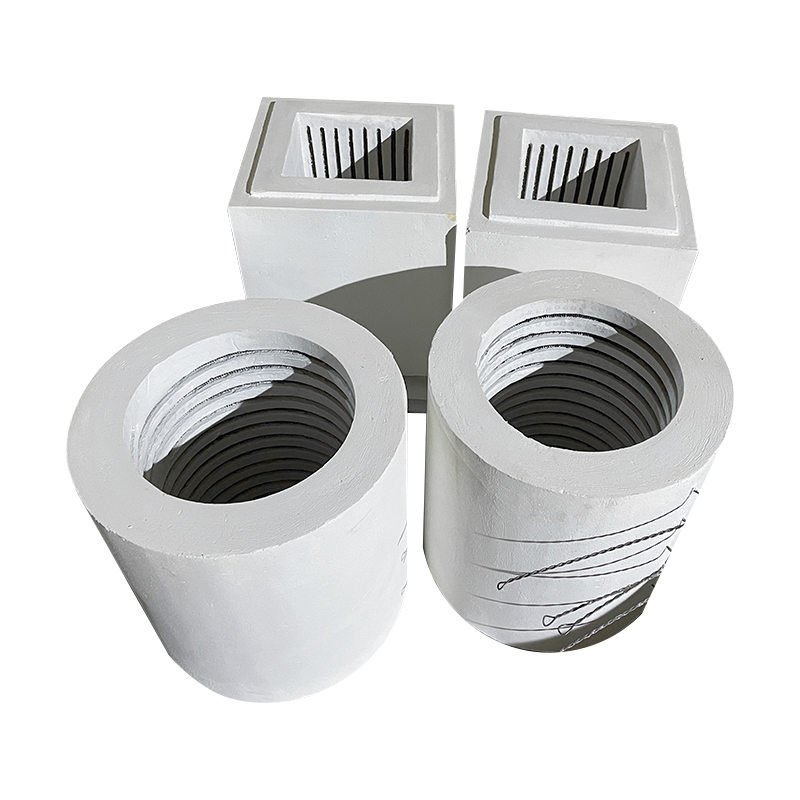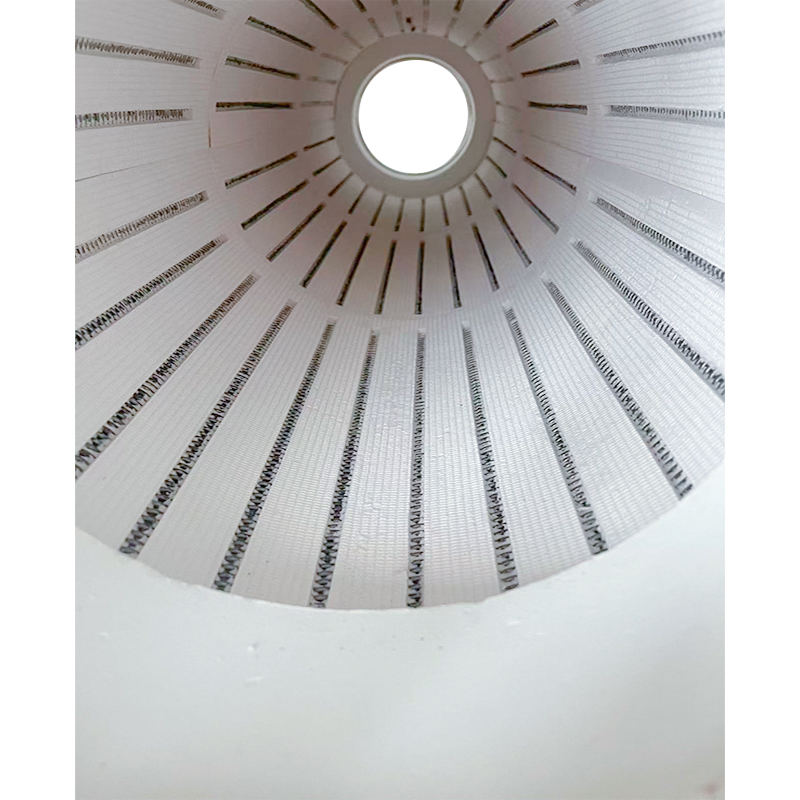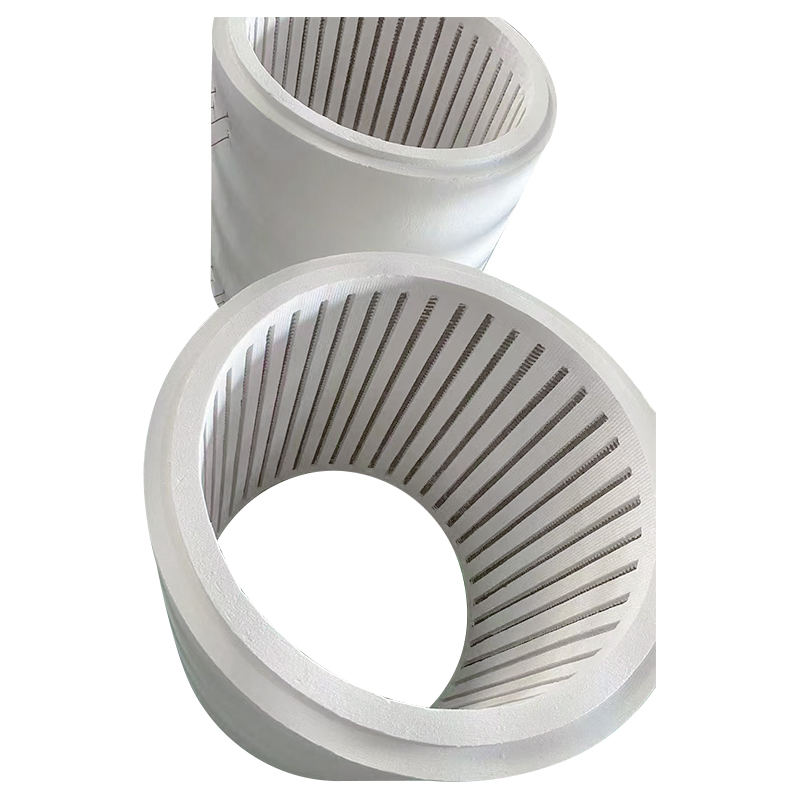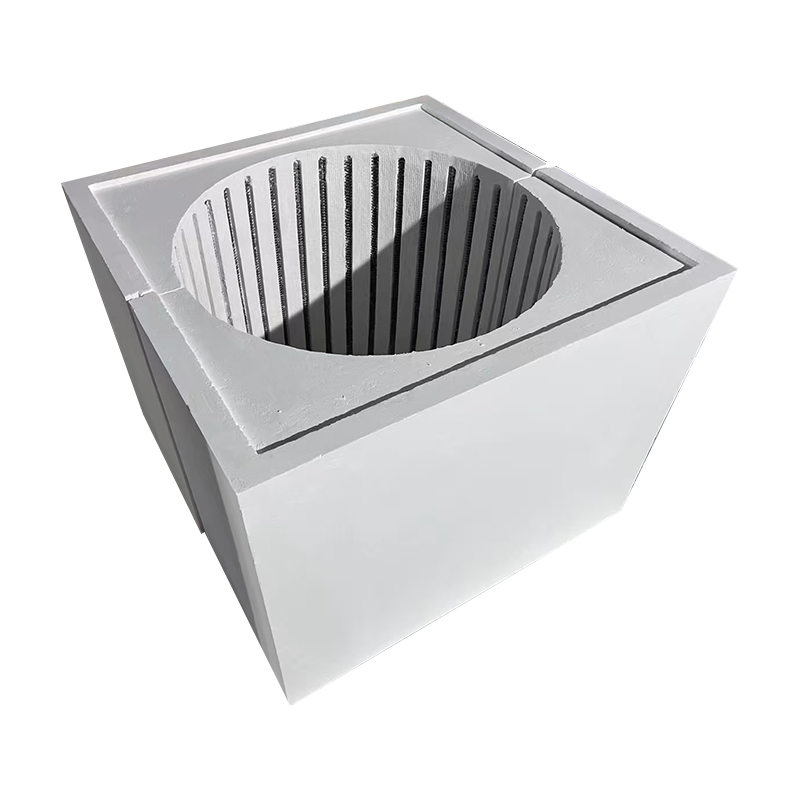
Ceramic Fiber Heating Module Block for Electric Resistance Furnace
Introduction
NC fiber heating module, resistance furnace product description. The NC fiber heating module is a single fiber electric heating element formed by combining the fiber material with the embedded resistance wire through a special processing technique. The resistance wire can be arranged in either a "Z" shape or a spiral shape. The forming methods include embedding and burying. It can be used at temperatures ranging from 300 to 1300°C and is an ideal alternative to traditional resistance heating equipment due to its unique advantages.
The NC high-efficiency energy-saving resistance furnace uses high-temperature refractory fiber vacuum-formed products as the furnace lining, with integrated mechanical and electrical design, program control, and digital display. It has an energy-saving rate of up to 40% and meets the national Class C furnace standard according to testing results. It has advantages such as fast temperature rise/fall speed, high temperature control accuracy, uniform furnace temperature distribution, and light weight.
Characteristics
The product features high-temperature stability, low thermal conductivity, low heat capacity, heat shock resistance, corrosion resistance, excellent insulation performance, compression/ bending resistance, and easy installation and use.
Application
The product is widely used in various types of custom-shaped resistive heaters such as tube furnaces, jet dyeing machines, circular arc heaters, pipeline heating devices,cabinet-type resistive furnaces, and large industrial electric furnaces. The common specifications of the product are designed and produced according to customer requirements.
Product Common Specifications
Designed according to user requirements.
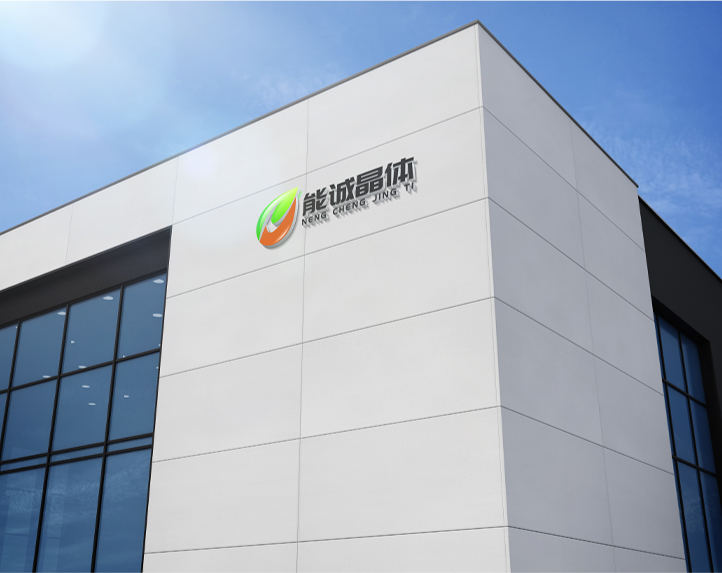
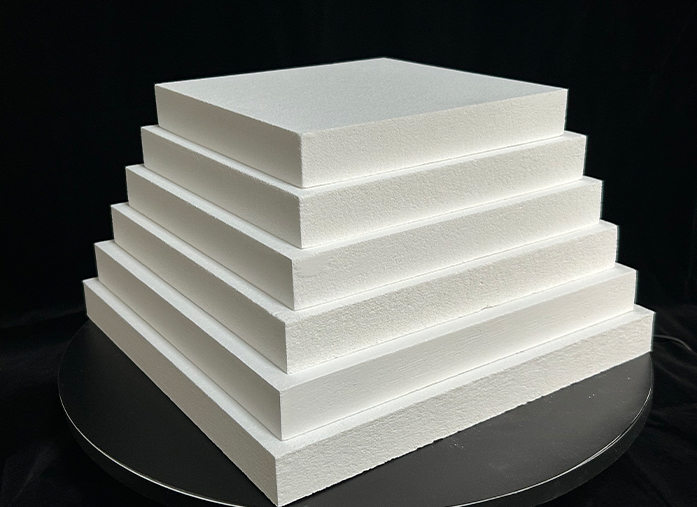
-
Introduction to High Temperature Muffle Furnaces High temperature muffle furnaces are essential equipment for laboratories and workshops that require precise heating, material testing, or heat treatment. These furnaces are designed to operate at extremely high temperatures while providing uniform heat distribution, durability, and safety. Selecting the right muffle furnace ensures efficient operation, reliable results, and long-term performance. Key Considerations Before Selecting a Muffle Furna...





 English
English Español
Español عربى
عربى